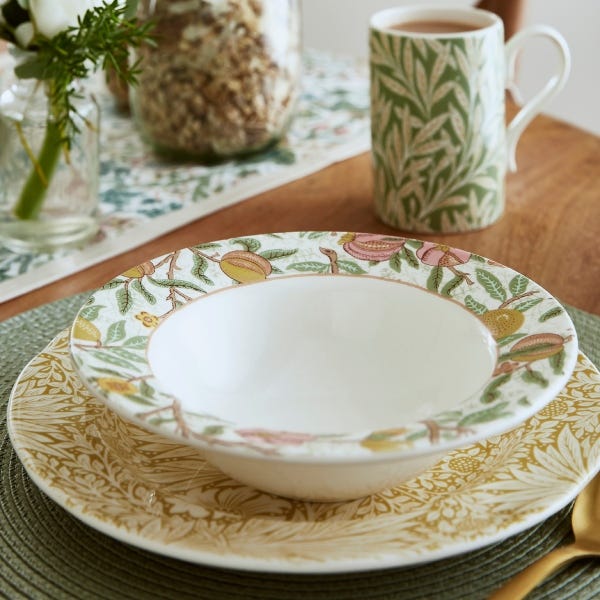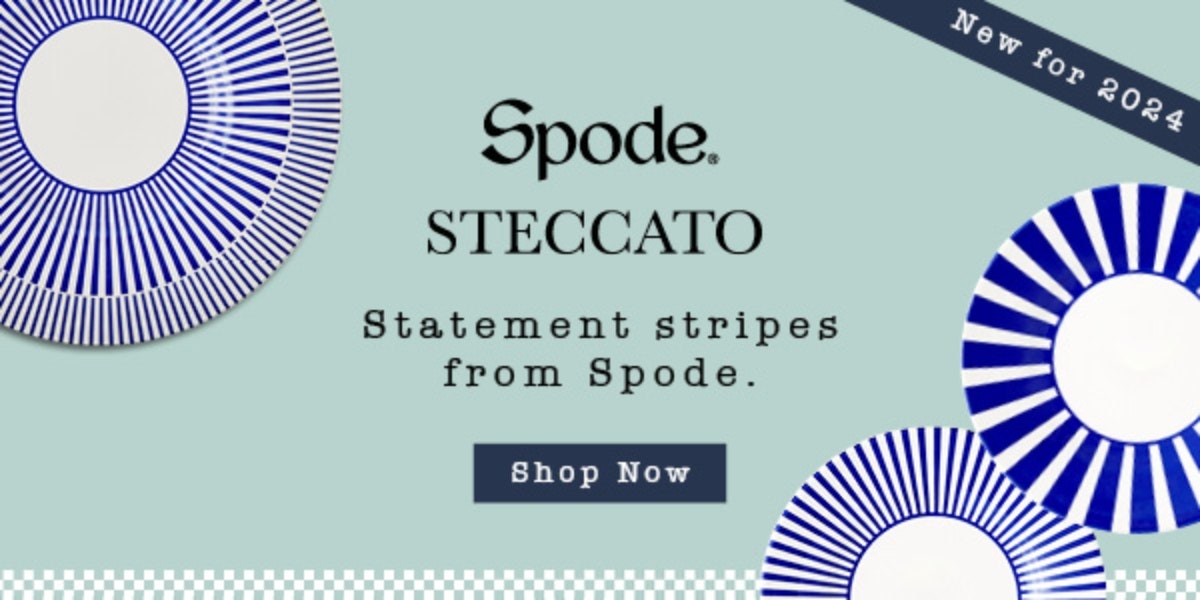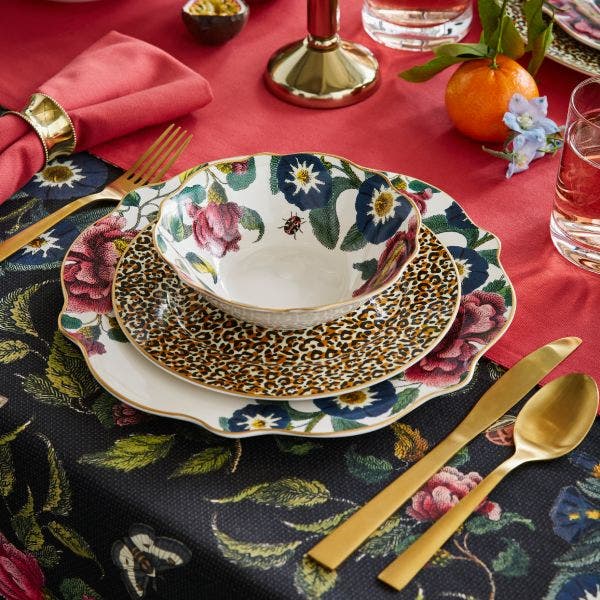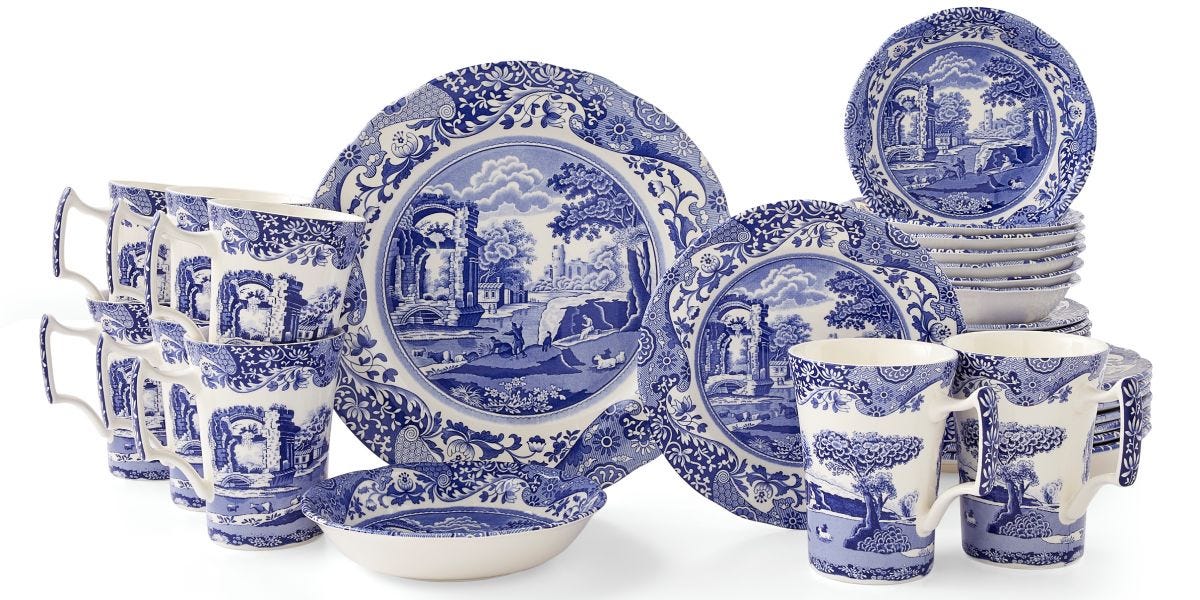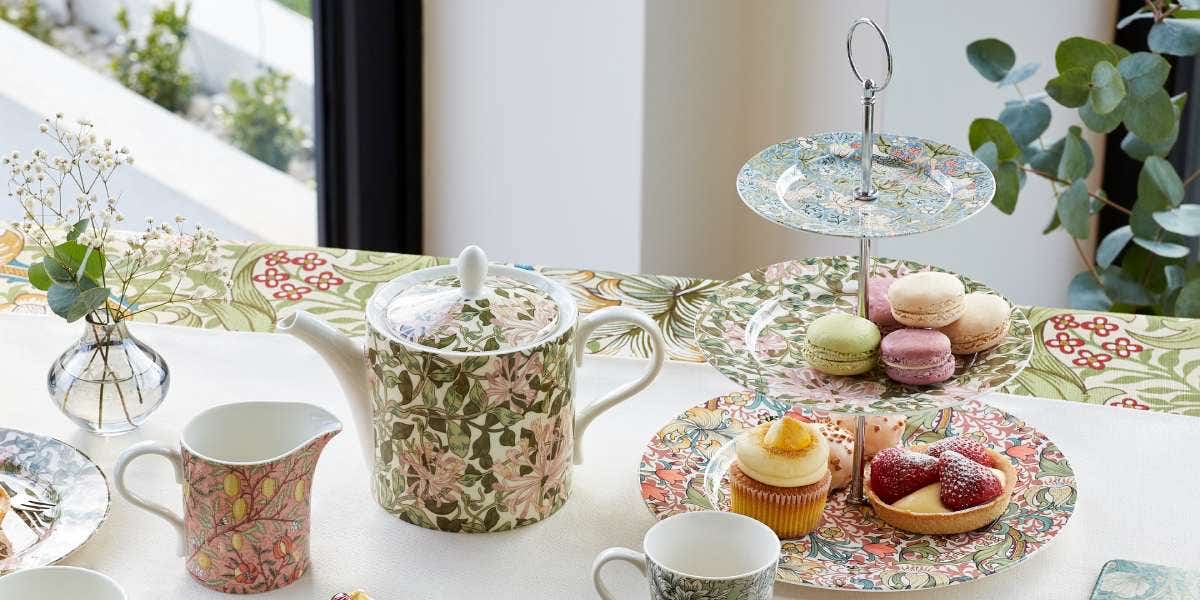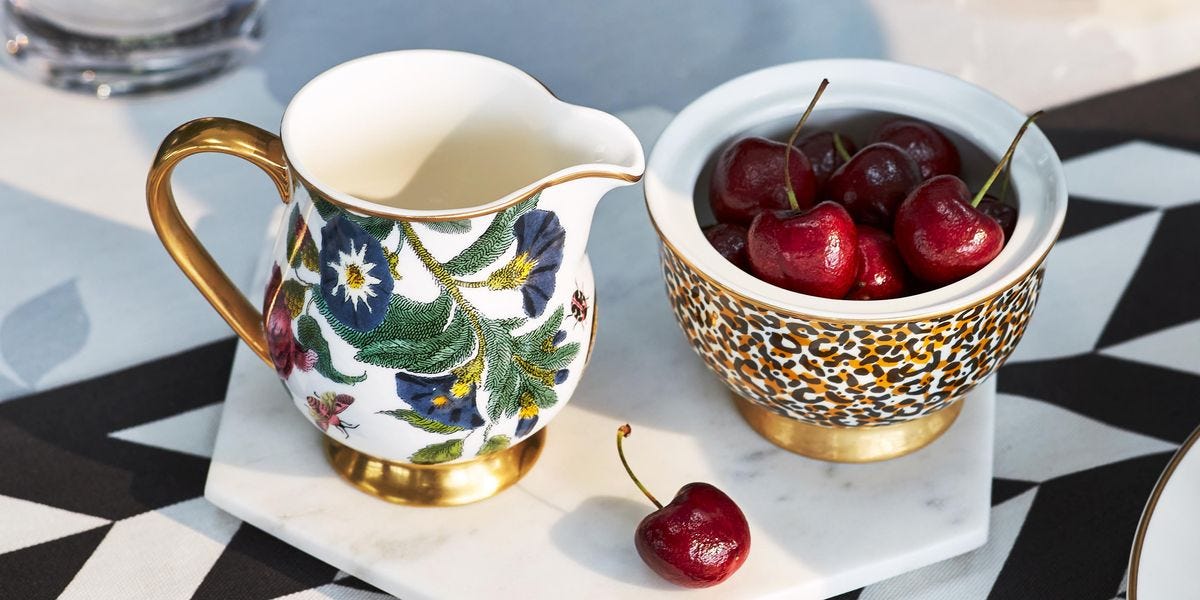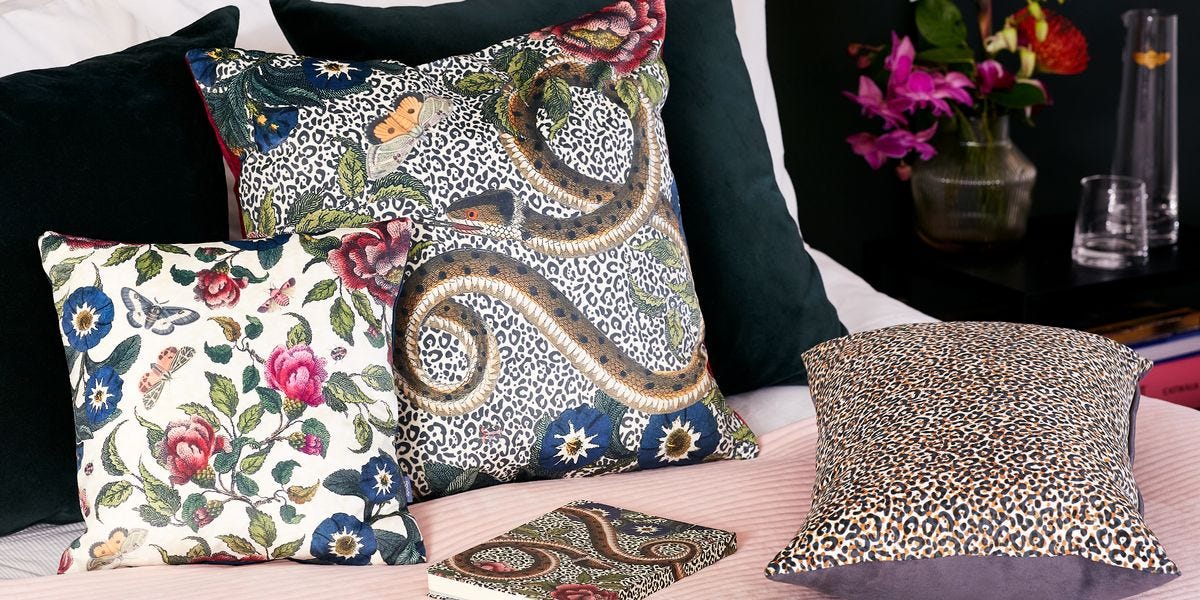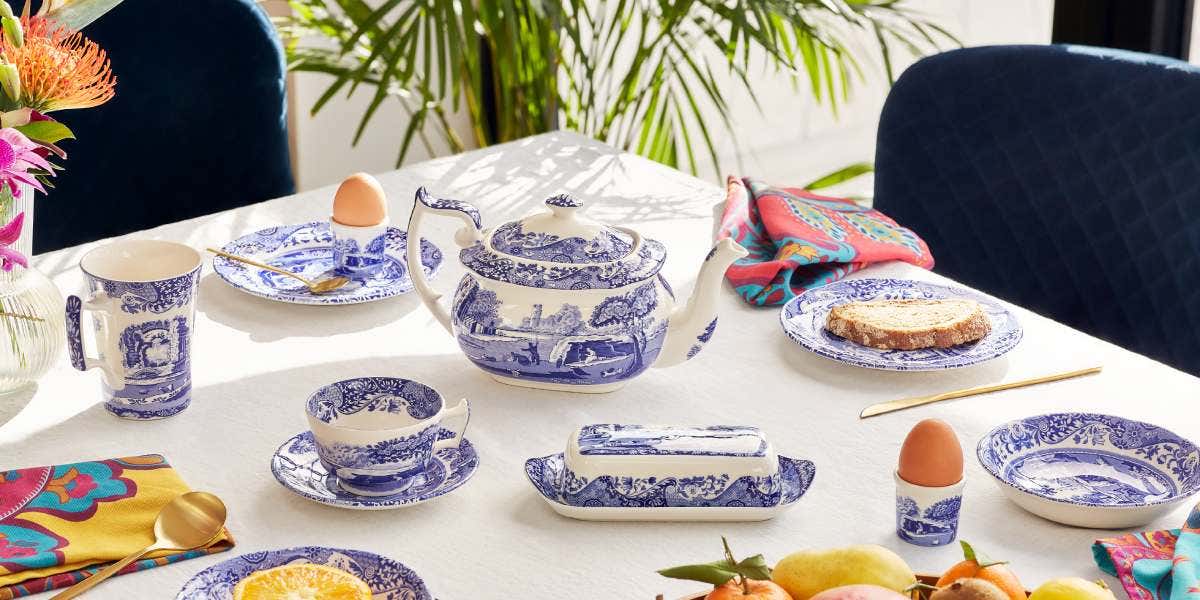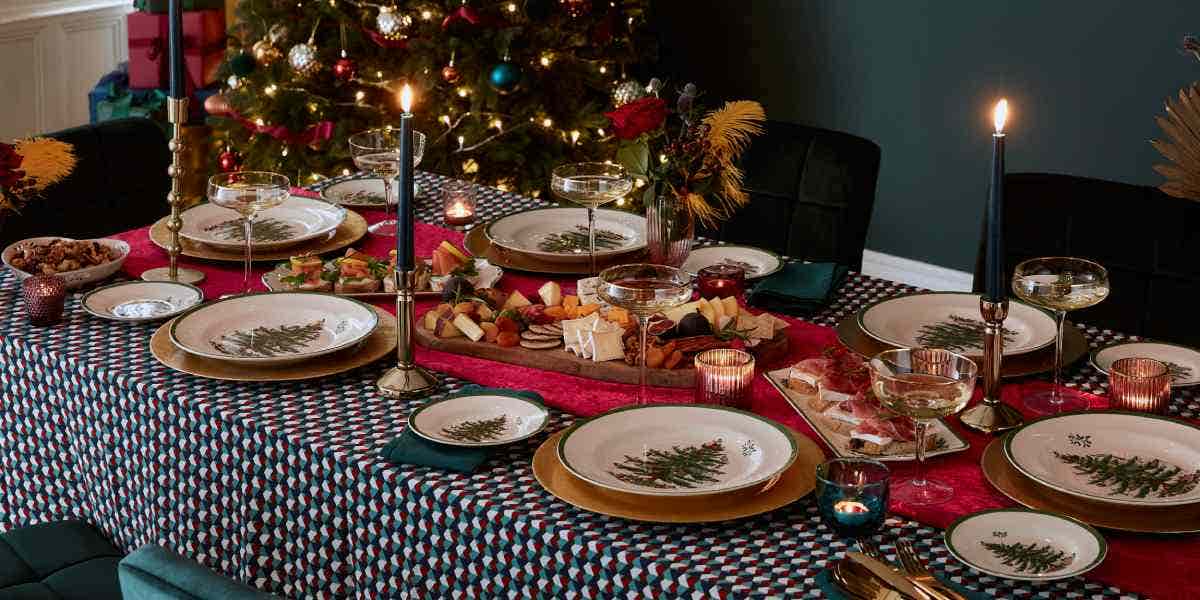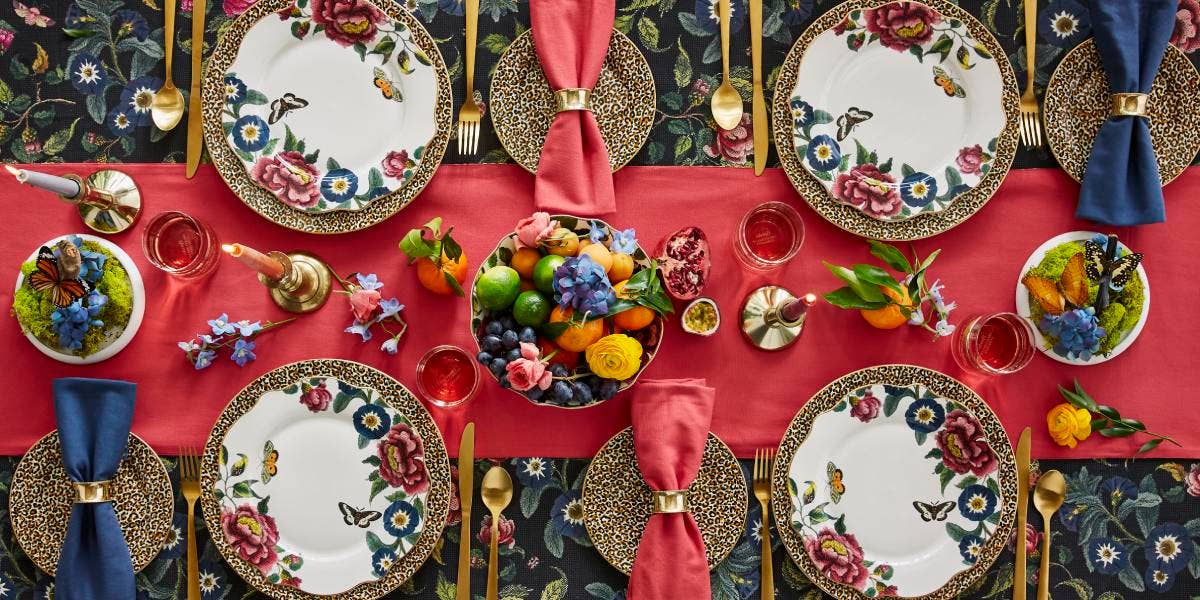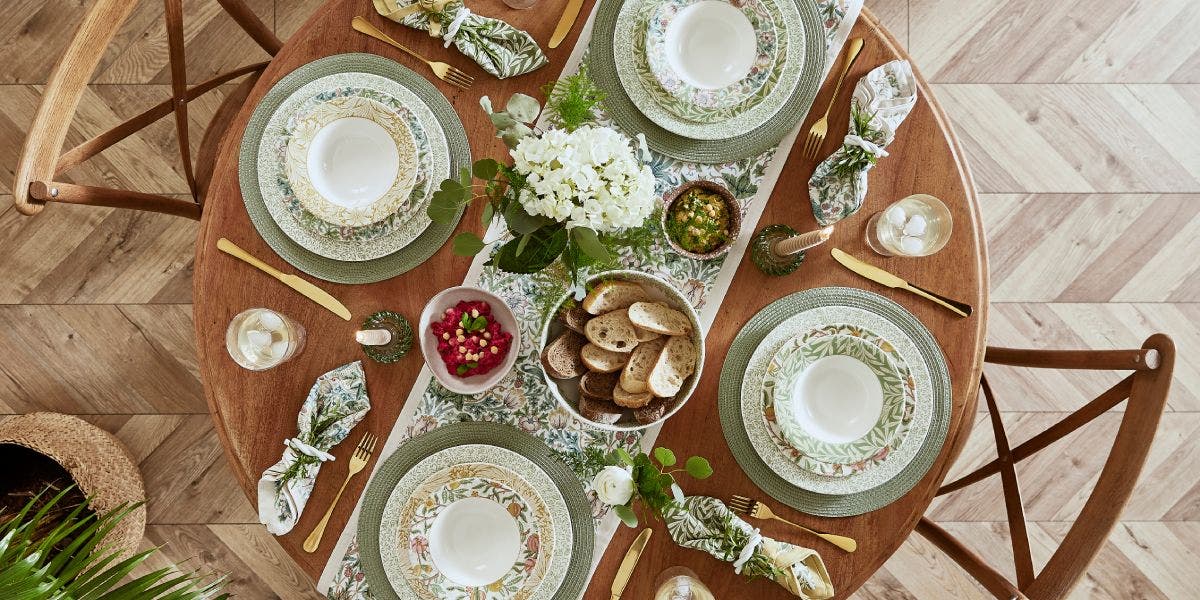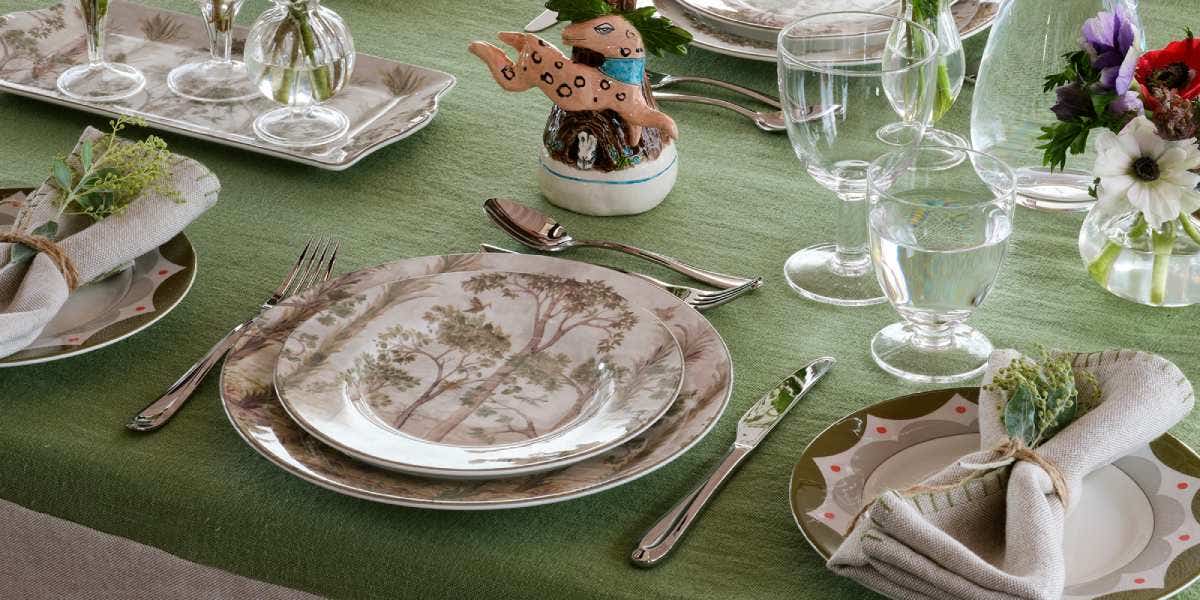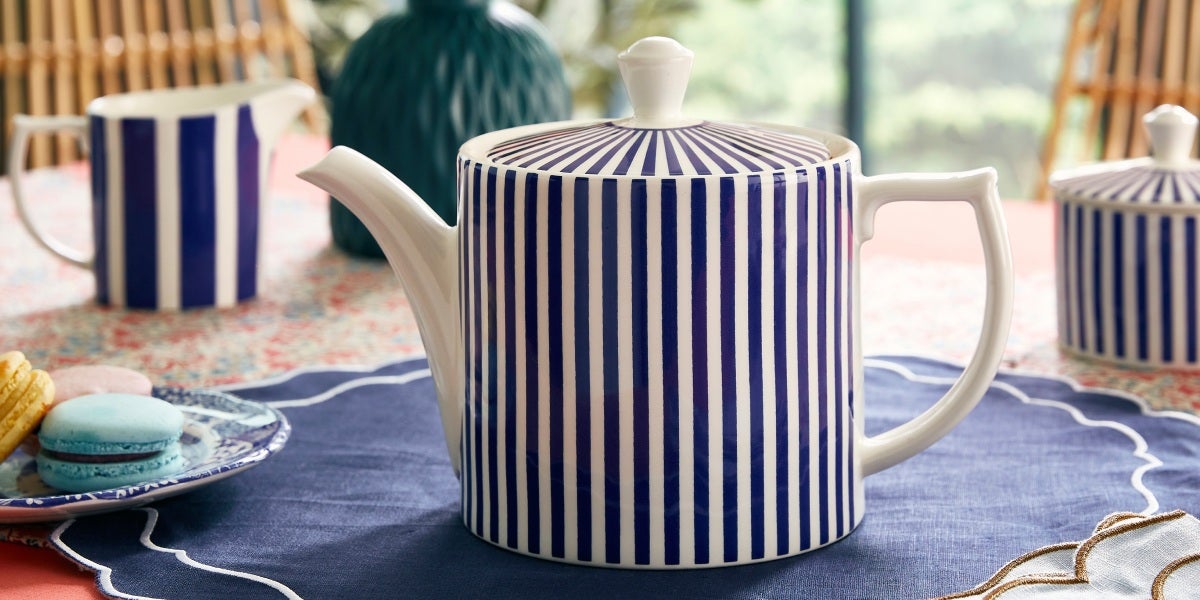
Steccato, our new blue and white tableware collection for Spring/Summer 2024, is the perfect blend of craftsmanship and timeless design. Designed and crafted in our Stoke-on-Trent studio and factory in England, we sit down with Penny, Spode’s Head of Design, to discover the inspiration behind the mesmerising collection.
What inspired the Steccato design?
With a heritage as rich as Spode’s it’s not surprising that the inspiration for our latest collection came from an existing pattern. Penny explains:
“When it came to designing the new Spode pattern for 2024, as always, my first step was to explore our archive – a constant source of inspiration for us here at Spode. It was actually our most iconic pattern, Blue Italian, that inspired Steccato, a collection we’ve been manufacturing for over 200 years. I studied the design in detail, and it was the lines and dots that make up the pattern that really stood out.”
Blue Italian was first designed in 1816 using an innovative production technique developed by our founder, Josiah Spode I. Highly skilled Engravers would use an assortment of sizes and shapes of engraving tools to meticulously punch holes of varying sizes and depths into a copper plate to reproduce a pattern. It was the differing sizes, shapes and depths of the holes that produced the richness in the design.


Image credit: Transferware Collectors Club


“If you look closely at the Blue Italian pattern, you can see various lines that make up the detail. It was this that gave me the idea of using stripes – a design classic and truly timeless, just like our Blue Italian pattern.
“The scene and Imari border on the Blue Italian design are made up of lots of weights of colour in light, medium, and dark tones. I wanted to use this element within the new design, so I started to play around with the width of the stripes, mixing narrow, medium and thick lines. This mix of weights naturally gave me the illusion of tones of colour just like the pattern of Blue Italian.”


Why blue and white stripes?
As well as being a key colour for 2024, cobalt blue is synonymous with Spode. Josiah Spode revolutionised the ceramics industry by perfecting the manufacturing process of blue and white ceramics in Britain, making it a colour combination we’re very proud of here at Spode.
“We are known for our iconic blue colourway, which we have been producing in our UK factory for over 200 years, so it was of course my first option for Steccato”, says Penny. “We wanted the collection to pair well with Blue Italian while also standing bold alone, so blue and white made perfect sense.
“Blue and white is also a design classic, just like stripes. It’s a timeless colourway that sits beautifully in a variety of spaces, making it so versatile and attractive for interior lovers. We wanted a collection that people could effortlessly incorporate into their homes and the mix of stripes and blue and white allows that.”


Tell us about the Steccato tableware & how it should be styled
The final design of Steccato is made up of two stripes weights, narrow and bold. Each piece in the collection features one of the different weights, so whether styled alone or together, every piece has impact.
“When designing Steccato it was important to get the balance right for when the different pieces of ceramics were layered together”, explains Penny. “We wanted this collection to make a statement, to be bold and timeless, but we also wanted it to look contemporary. By using a mix of stripes and purposefully extending the width of the inner rim design into the well of the plates, for example, we were able to give it a modern feel.”


Steccato has been designed with two style functions in mind, allowing you to create your own unique tablescapes. You can style alone for a classic setting or embrace the Modern Heritage design trend by layering Steccato with the iconic Blue Italian collection it takes its inspiration from.
Penny says, “If you have inherited Blue Italian or want to add to your growing blue and white collection, mix it with Steccato to add another dimension. Mixing the stripes with the flowing curves of the Italianate scene strikes a wonderful balance between traditional and modern styles.”

